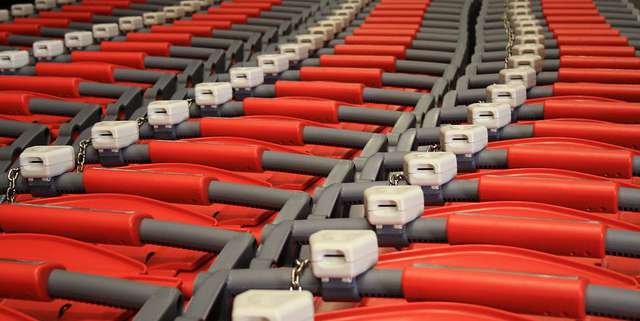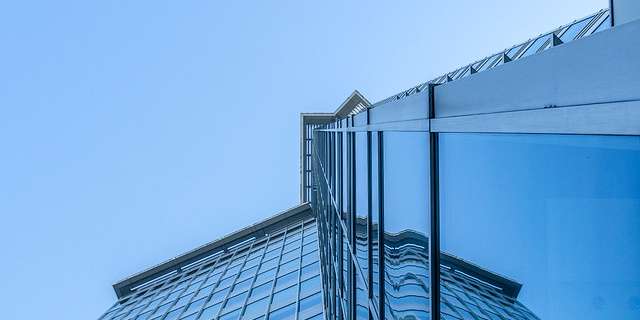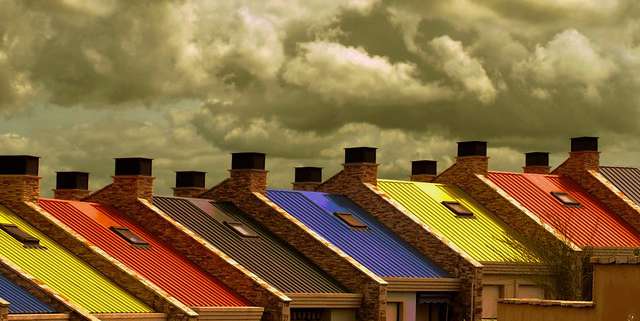Tea is the latest trend in prepared bottle beverages. Although Americans and consumers around the world have been drinking tea for centuries, new studies that link tea to better health are driving the market even more forcefully. You’ll notice that the shelves of your local supermarket are fully stocked with a wide variety teas, mainly in the pre-bottled beverage section, where consumers look to find quick, refreshing beverages. Interestingly, the color of a bottled beverage is perceived as an important mark of quality, so maintaining color consistency is one of the most important steps in the production of bottled tea. Color measurement instrumentation tools are commonly used to quantify color for consistency and repeatability. This method of analysis is simple, effective, and adaptable to the various needs of tea production.
Tea is a popular beverage choice in the United States and around the world. The bottled tea industry is growing quickly, and major manufacturers rely on color analysis to maintain quality and consistency in their products.
Image Source: Flickr user TheCulinaryGeek
Keeping up with the growing trend
Among Americans, tea drinkers are on the rise, but many tend to prefer their tea cold instead of hot. Since it takes less time to grab a refrigerated bottle than it does to brew a pot of tea, this trend seems to suit the fast-paced world we live in. Americans are looking for quick and easy choices and are willing to pay more for ready-to-drink quality beverages. Beverage companies are also beginning to acknowledge this growing market and are investing in new bottled tea options. The U.S. Tea Association published an article, State of the U.S. Tea Industry, that reports that “according to the Global Iced/RTD Tea Drinks Report from market research firm Canadean, the ready-to-drink tea market in the U.S. is expected to rise to $5.23 billion in 2014, with an estimated growth rate of 3 – 6 percent through 2018.” From the accompanying chart (represented below), it seems clear that this trend is going to continue to rise.







